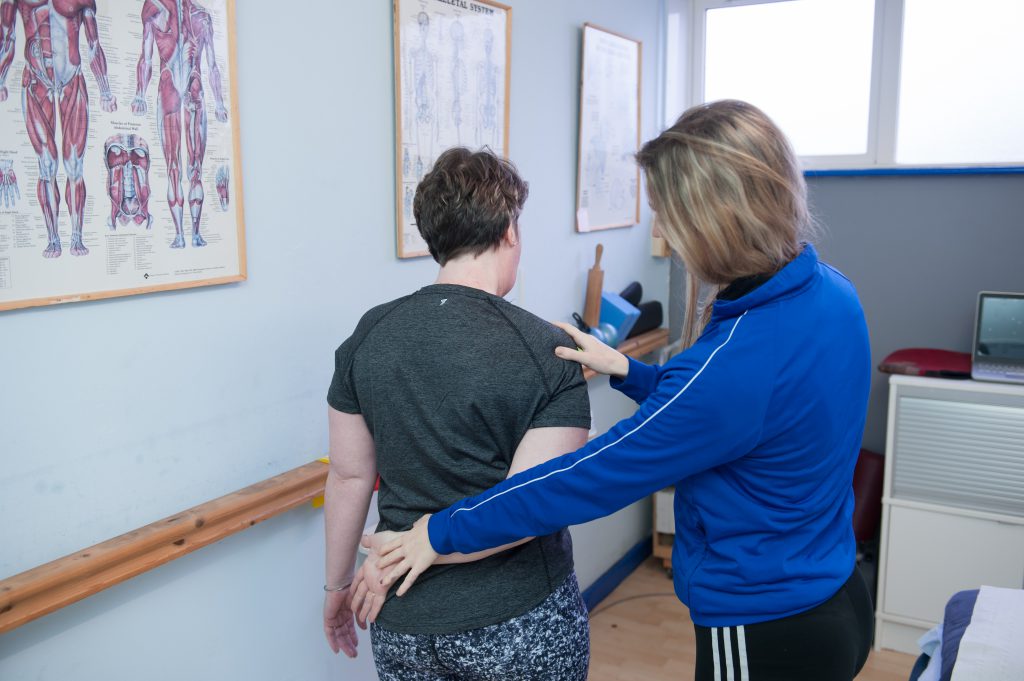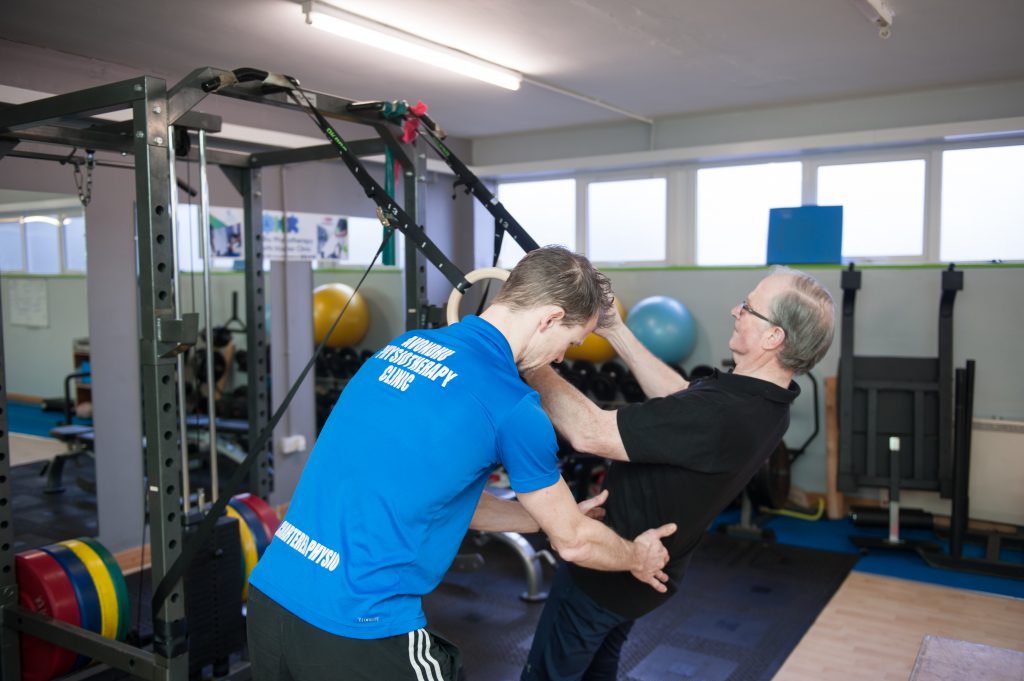If you have been unfortunate to experience severe low back pain, you’ll know too well that an appointment to see a healthcare professional can’t come quick enough.
Often times, you will have to wait for a few days before being able to see somebody who can help.

These can be a very difficult few days, especially if you aren’t doing the right things to help.
First, I will start with what not to do. Bed rest is a common treatment that is prescribed to people with back pain.
However, most people with a flare up of back pain can’t get too comfortable in bed and worse yet, when you have to get up, the pain will have increased because your joints and muscles will have stiffened up.
Another common issue with episodes of back pain is tensing the muscles in your torso (abs and lower back); sometimes this is OK to prevent painful movements, however if we do this all day, for a few days it can increase stiffness & pain and will obviously prevent movement of the back (some of which may help).
The last issue, which we see quite often, is when people keep repeating the painful movements (to check if it’s still sore).
This movement may be painful because some muscle/joint/nerve is irritated, so there’s no need to irritate it more by repeating the movement that is painful.

So, what should we do to manage our low back pain:
- Move – Movement is key to preventing the lower back from stiffening up, which will help decrease pain. As above, try to avoid painful movements. Even if it is just walking around it will help keep things loose and as well as numerous physiological effects that will help with you pain.
- Breathing – The breath is very powerful. When we are stressed out or in pain, our breathing rate will increase, we will breathe through our chest and our muscles will start to tense up more. Breathing well can help relax the muscles and reduce pain. Please have a look at a breathing demo here. https://youtu.be/rOorvS_LypM
- Comfortable Position – Obviously you won’t be able to move all day, so when you are resting, try to figure out what your most comfortable positions are.
- Stretching – Doing some light pain-free stretching will most likely reduce your back pain. You can see a couple of examples here. Just make sure they aren’t painful to do.
- Work – Continue working as long as if isn’t effecting your back pain. If you sit down for most of the day, get up regularly; if you work in a physical job, try to take it easy until your appointment.
- Eat Well – What you eat can significantly affect you pain and recovery; try to stay away from alcohol and added/processed sugar. Eat the rainbow ☺

The good news is that if you are experiencing severe low back pain, it is still unlikely that there is anything seriously wrong.
Most back pain will clear up within days/weeks. The most important thing is to come into the clinic to get fully assessed to see what the issue is and more importantly what the cause is; this is vital to prevent this becoming a recurring issue. Here is a video we put together in house to explain it a little more.
I hope this article helps you get through those tough days before your appointment. If you do need to chat with one of our Physios in more detail you can call us on 025 35015.
Also, here’s another video you can watch where we discuss, the importance of strengthening your back.